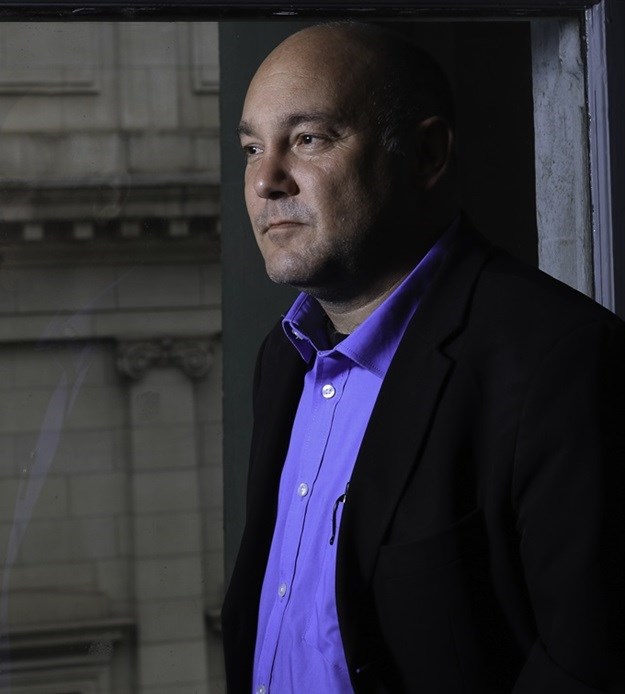#BizTrends2019: PR measurement and evaluation trends

The recent AMEC Global Insights Study 2018 asked this question of its membership in 86 countries and a staggering 83% of respondents, which includes measurement companies, PR agencies, consultants and clients, agreed.
One of the biggest challenges facing public relations historically has been to prove its value to the c-suite. Proof Analytics’ “Fortune 1000 C-Suite Survey” saw up to 96% of leaders believing their Marketing and PR teams were “unwilling or unable” to prove their return on investment.
Analysing some of the latest global research highlights a few interesting trends which will increasingly affect the public relations and communication industry - particularly from a measurement and evaluation perspective.
Technology and innovation – the rise of AI
Artificial Intelligence (AI) is starting to play a big role in global PR Measurement and Evaluation, where up to 79% of AMEC members (International Association for Measurement and Evaluation) believe this is an extremely important trend with up to 61% already deploying the technology in various forms.
Another study by FIBEP (Federation Internationale des Bureaux d'Extraits de Presse) found that 47% of respondents believed that it will have a positive impact on the industry. But don’t fear the rise of the robots just yet – there are areas where AI technology has been rejected due to poor performance. Technologies such as automated sentiment analysis and content generation have been tested but eventually rejected by many industry players. These technologies will eventually improve.
There is a growing demand for true insights rather than metrics, with some of the most critical areas identified for further investment being data science skills, insight consultancy skills and new data sources across paid, earned, shared and owned media.
Fake news and the decline of trust in the media
Fake news is here to stay with up to 69% AMEC respondents agreeing that people tend to trust the media far less than a few years ago. The FIBEP study claims that up to 20% of clients from larger measurement firms were affected by fake news. With a major spotlight on fake news in recent years including the US elections, Brexit and the local Bell Pottinger saga – people are far more sceptical of messages in the media.
Institute of Public Relations states:
If the purpose of public relations is to establish and maintain relationships with key stakeholders through communication and other efforts, then public relations is essentially in the trust-making business.With the erosion of trust in media channels the public relations industry will have to work much harder to earn audience trust. In a recent article, marketing commentator Chris Moerdyk lamented the irony that advertising is probably the only thing one can trust these days – due to the stringent regulations and standards imposed on it.
Will we start seeing more regulation and standards imposed on the local PR industry? In the wake of the Bell Pottinger events Prisa called for some forms of regulation but no major developments since then. Could this change?
Changes in media channel data demands
The latest ABC circulation figures paint a grim picture of South African media with magazine circulation declining 13.7% and newspapers 4% year on year. Though the death of print has been declared for years, a surprising global demand for print data and measurement has been noted in the AMEC research. Client demand increased from 72% in 2017 to 79% in 2018 with print still considered a very powerful medium.
The highest demand is understandably for online media data which is relatively stable at 91%, while the need for social media data surprisingly dropped from 63% to 52%. Social media is undoubtedly pervasive but it appears few brands are getting it right. Recent data breaches like the Facebook/Cambridge Analytica scandal saw social media platforms clamping down on the provision of previously available data – making it difficult for brands to monitor the landscape and determine impact.
The (almost) death of the dreaded AVE
Since the establishment of The Barcelona Principles in 2010 major progress has been made to eradicate poor and discredited measurement practices such as Advertising Value Equivalents (AVEs) and PR Multipliers. AMEC global client demand for AVEs has dropped from 80% in 2010 to a new low of 16% (2018). Client demands for AVEs in Africa remain the highest at 26%.
I have noted a far bigger interest in South Africa this year to explore best PR measurement principles. As global education initiatives and awareness around this continue, the local PR industry will need to focus greatly on adopting best measurement principles.

About Francois van Dyk
Francois van Dyk, heads up Operations at Ornico, the Brand Intelligence research company. He is part of the management team that has seen Ornico expand across Africa, currently with data resources in 14 countries and employing more than 100 media enthusiasts. He studied and lectured public relations before entering the world of media research. Contact details: Twitter @sbalieRelated
Exclusive: Lebo Madiba - Bell Pottinger’s legacy and the shifting terrain of PR, ethics and geopolitics 14 Apr 2025 Global recognition as SA wins 2024 ESG Communication Award 20 Mar 2025 #BizTrends2025: Joe Public Engage's Mandlakazi Mpahlwa highlights 3 factors driving PR 13 Jan 2025 Prisa launches Smartgen: Shaping the future of public relations 12 Dec 2024 Prisa's 2024 Prism Award winners unveiled in Cape Town 22 Sep 2024
































